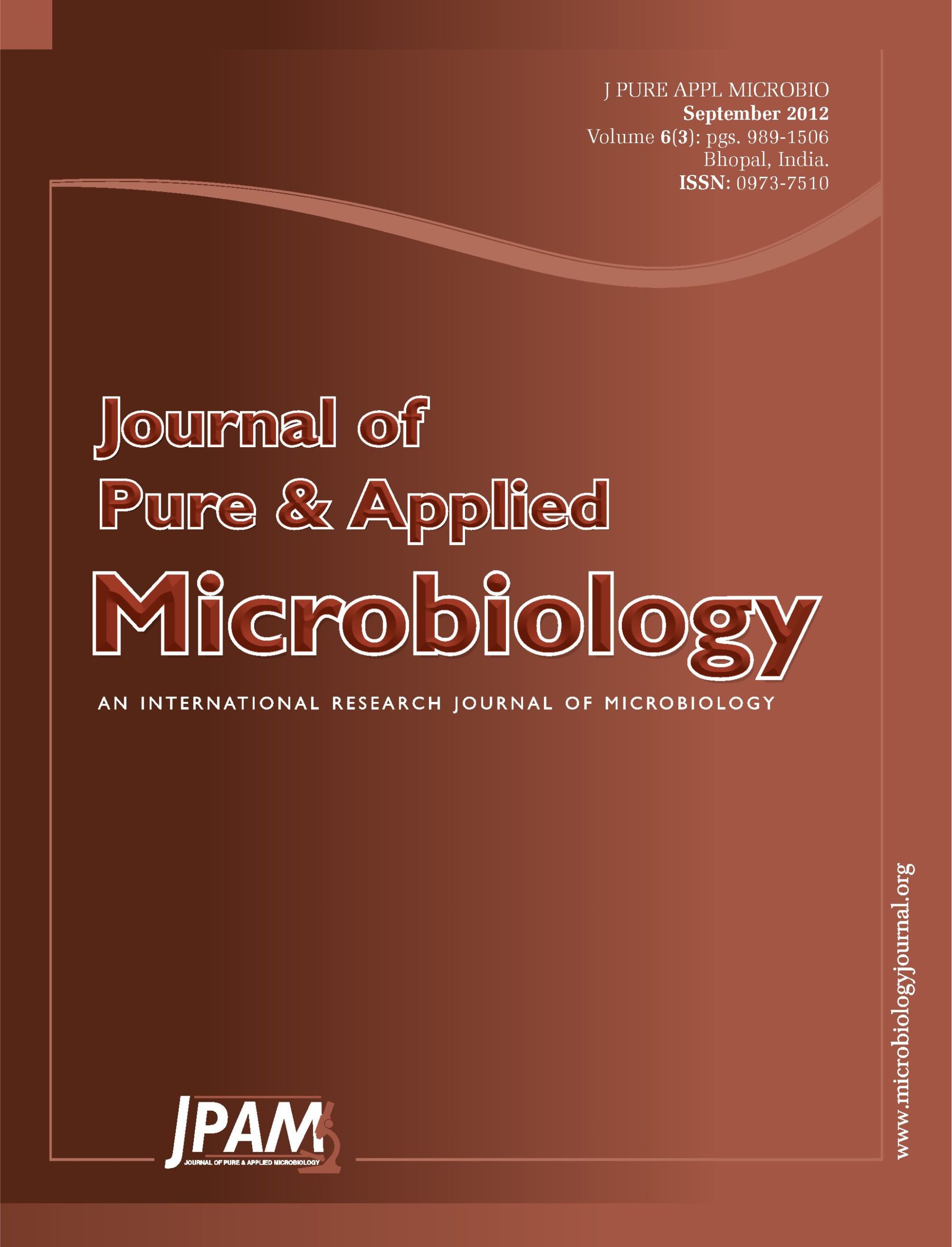Silver nanoparticles synthesized from supernatants of different organisms exhibit differential microbicidal activity against different pathogens. In this study the comparison of the antimicrobial activity of silver nanoparticles produced by supernatants of Klebsiella pneumoniae and Staphylococcus aureus against gram negative food pathogens Salmonella typhi, Pseudomonas putida and Escherichia coli. The silver nanoparticles produced by Klebsiella pneumoniae and Staphylococcus aureus were characterized according to size and shape using UV-vis spectroscopy and AFM(Atomic Force Microscopy). Silver nanoparticles produced by supernatants of Klebsiella pneumoniae showed complete antibacterial activity against all the gram negative pathogens tested while Staphylococcus aureus showed lesser activity or no activity. This is striking in view of the fact that supernatants of Staphylococcus aureus showed significant inhibition of gram positive MRSA(Methicillin- resistant Staphylococcus aureus) and MRSE(Methicillin-resistant Staphylococcus epidermidis) multidrug resistant strains of Staphylococcus aureus (reported by other investigators). This difference in the antimicrobial inhibition could be due to variations in size or shape of the nanoparticles synthesized by the two microorganisms.
Silver nanoparticles, Antimicrobial, Klebsiella pneumoniae, Staphylococcus aureus, Food borne pathogens, Spherical
© The Author(s) 2012. Open Access. This article is distributed under the terms of the Creative Commons Attribution 4.0 International License which permits unrestricted use, sharing, distribution, and reproduction in any medium, provided you give appropriate credit to the original author(s) and the source, provide a link to the Creative Commons license, and indicate if changes were made.


